Adrian Stoica
Stress Propagation in Human-Robot Teams Based on Computational Logic Model
Nov 08, 2022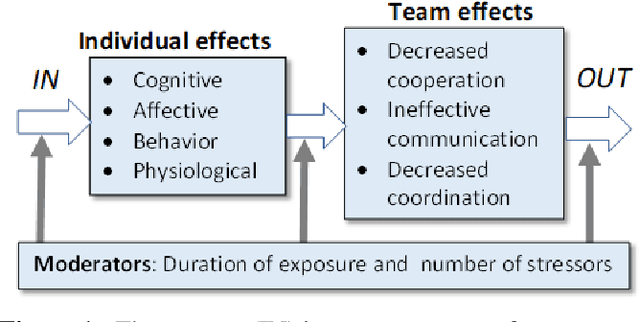
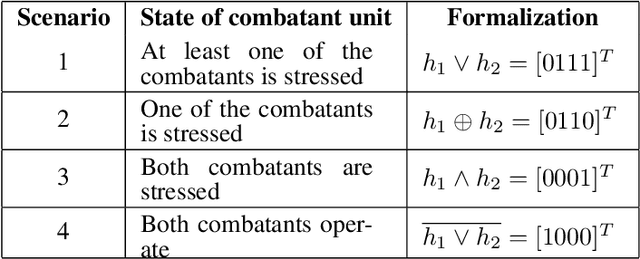
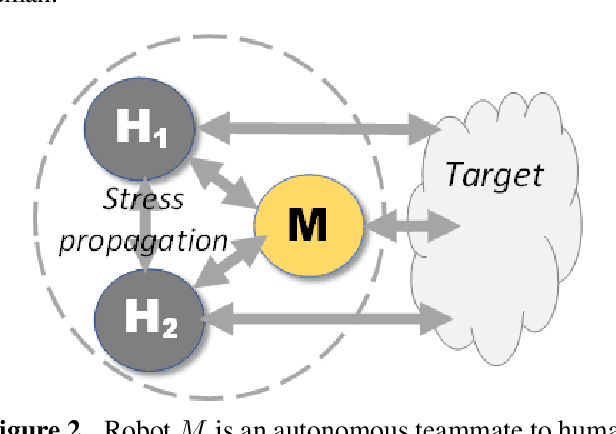
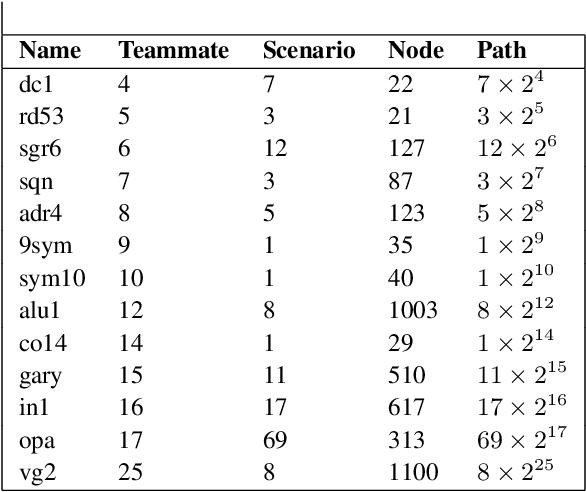
Abstract:Mission teams are exposed to the emotional toll of life and death decisions. These are small groups of specially trained people supported by intelligent machines for dealing with stressful environments and scenarios. We developed a composite model for stress monitoring in such teams of human and autonomous machines. This modelling aims to identify the conditions that may contribute to mission failure. The proposed model is composed of three parts: 1) a computational logic part that statically describes the stress states of teammates; 2) a decision part that manifests the mission status at any time; 3) a stress propagation part based on standard Susceptible-Infected-Susceptible (SIS) paradigm. In contrast to the approaches such as agent-based, random-walk and game models, the proposed model combines various mechanisms to satisfy the conditions of stress propagation in small groups. Our core approach involves data structures such as decision tables and decision diagrams. These tools are adaptable to human-machine teaming as well.
Single Sample Feature Importance: An Interpretable Algorithm for Low-Level Feature Analysis
Nov 27, 2019
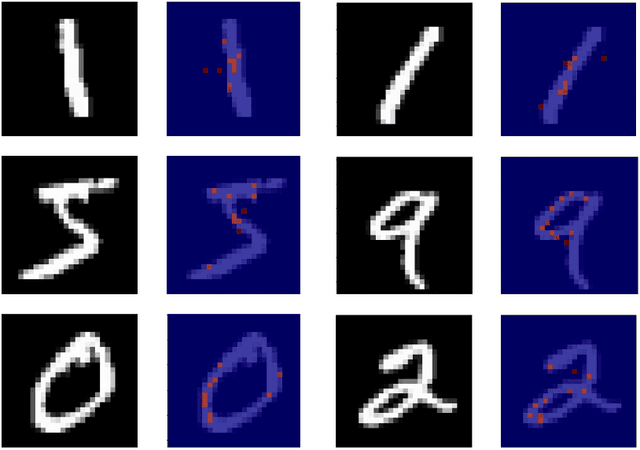

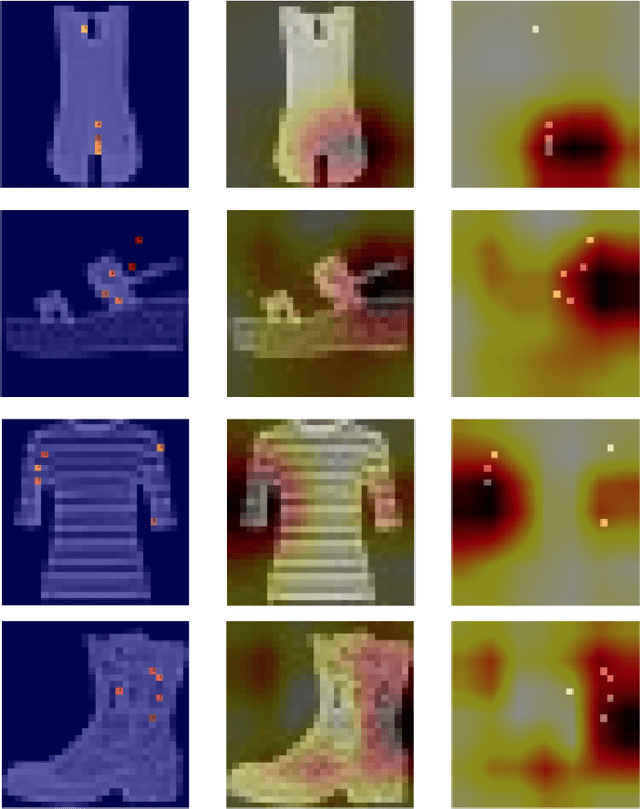
Abstract:Have you ever wondered how your feature space is impacting the prediction of a specific sample in your dataset? In this paper, we introduce Single Sample Feature Importance (SSFI), which is an interpretable feature importance algorithm that allows for the identification of the most important features that contribute to the prediction of a single sample. When a dataset can be learned by a Random Forest classifier or regressor, SSFI shows how the Random Forest's prediction path can be utilized for low-level feature importance calculation. SSFI results in a relative ranking of features, highlighting those with the greatest impact on a data point's prediction. We demonstrate these results both numerically and visually on four different datasets.
 Add to Chrome
Add to Chrome Add to Firefox
Add to Firefox Add to Edge
Add to Edge